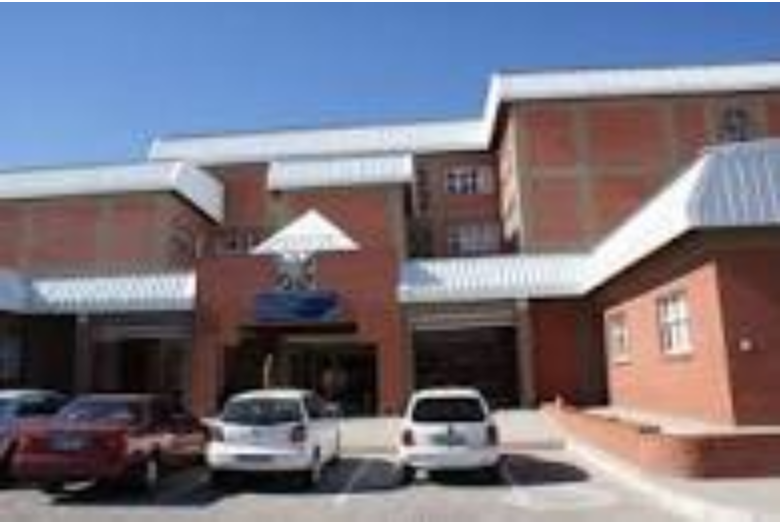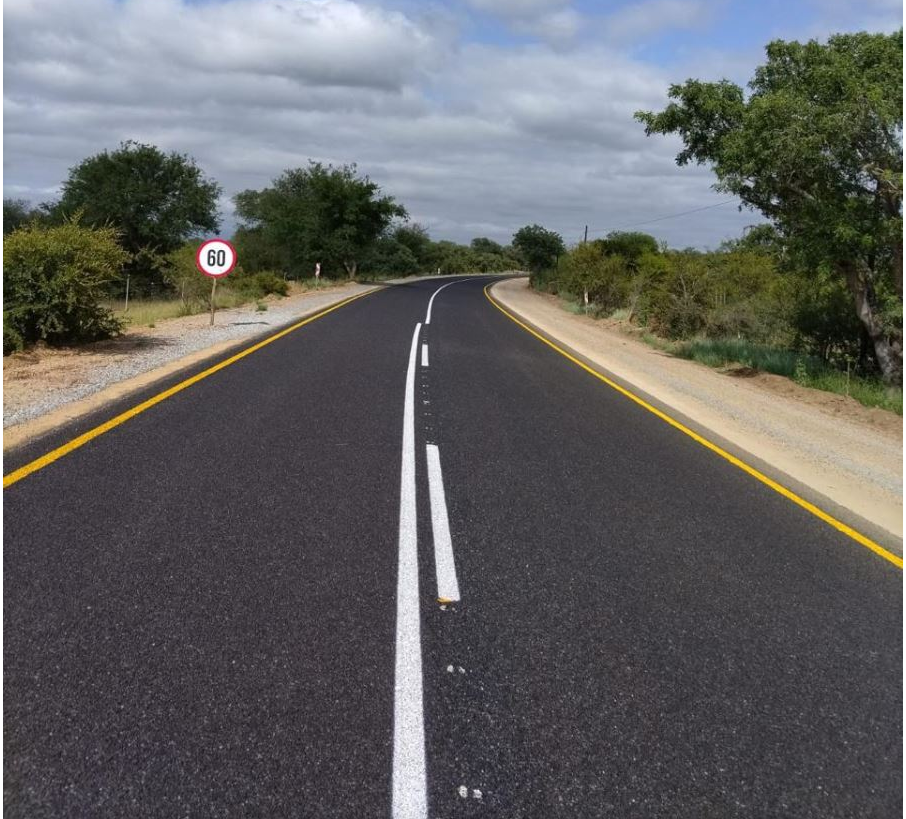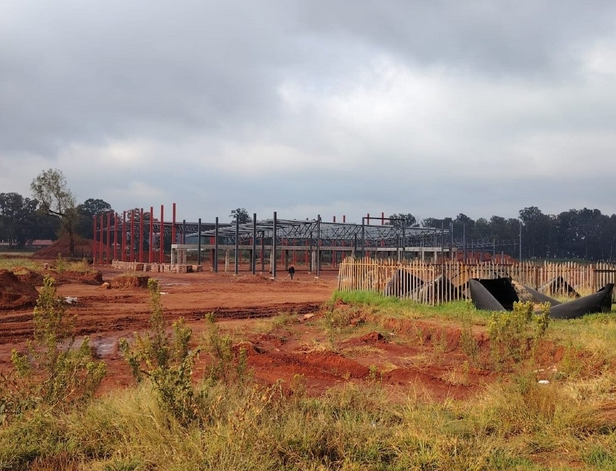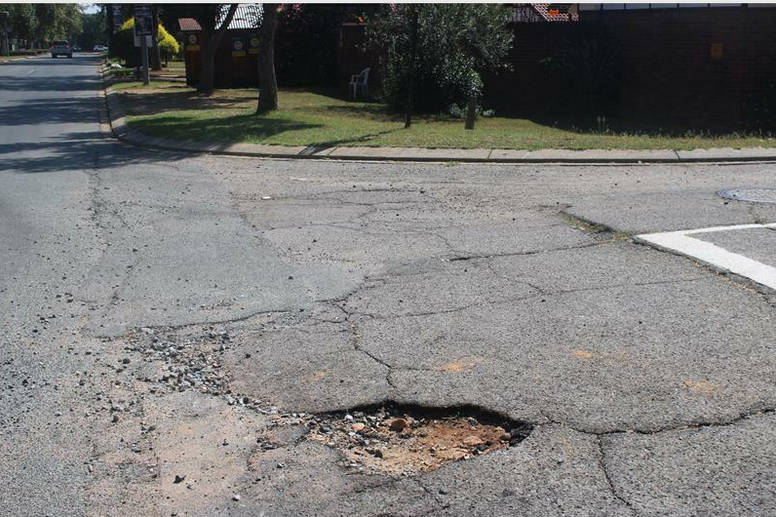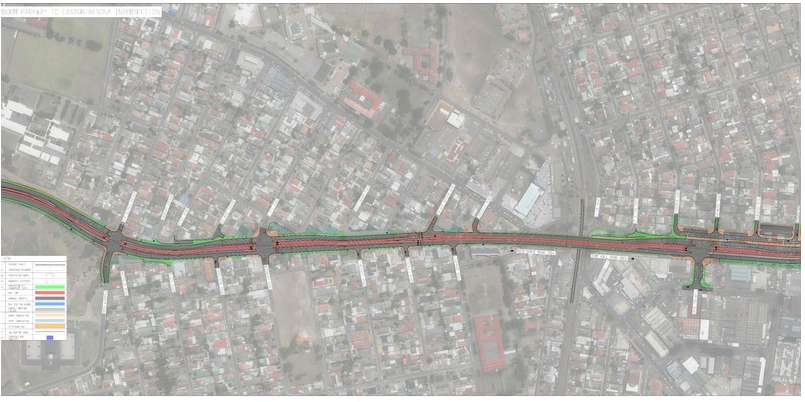Buying & selling golf properties in SA

03-05-2013
Read : 113 times
Property24
Source
Compared to certain segments of the golf estate market in the United States, South Africa’s golf estate market overall has fared somewhat better, says Dr Andrew Golding, chief executive of the Pam Golding Property group, during an address to an audience at the recent Talking Turf summit held in Johannesburg.
View of De Zalze Winelands Golf Estate in Stellenbosch in the Western Cape.
“From 1990 to 2003 some 3 000 new courses were built in the United States, boosting the total number of courses nationally by 19 percent and costing about $20 billion, according to the National Golf Foundation.
“However, soon after that the sport began to lose its allure and since 2005 over 350 golf courses closed,” he says.
Golding explains that compounding the problem, some real estate developers in the US had not considered the viability of the golf courses themselves.
A number of these courses, designed by brand-name golf course architects, were championship level and too difficult for the average player.
They took a long time to play and cost millions a year to maintain, pushing up annual dues.
Across the country, about 2 000 of the 16 000 golf courses are ‘financially distressed’ according to the National Golf Foundation and estimates are that 4 000 to 5 000 golf courses will be in financial danger if they don’t change their model.
Some developers are recasting their golf communities to appeal to a broader band of home buyers, including more families and young people.
He says in South Africa we find both similarities and differences - somewhat like the general residential market, the South African golf estate market is easily separated into metropolitan and non-metropolitan markets.
Consider Steenberg, De Zalze and Atlantic Beach Estate in the Cape, Mount Edgecombe, Zimbali and Simbithi in KwaZulu-Natal and Dainfern, Silver Lakes and Woodhill in Gauteng to name but a few, and you find these golf estates are successful nodes in densely populated residential suburbs.
From a property perspective, their performance has been more or less recession-proof and actually very impressive, especially when one compares property values in these estates to the surrounding areas.
He says Zimbali and Simbithi are good examples of this - both are significant estates - Simbithi with 1 800 opportunities and Zimbali 1 200. Ninety-five percent of both estates are sold out, with Zimbali being a more mature development, enjoying 90 percent completion of homes.
The ultimate lifestyle in scenic surrounds at Fancourt Hotel & Country Club Estate.
Both are situated in the Ballito area where the total market sales turnover in 2012 was R1.3 billion.
Together, Simbithi and Zimbali concluded sales in the region of R800 million for the year, which is two-thirds of the entire Ballito market.
Of note is that Simbithi land prices rose by 30 and 40 percent since 2007, in the midst of a serious recession, he points out.
“Another excellent example of this typical golf estate ‘phenomenon’ is Cape Town’s Steenberg Estate, which is listed as the fifth most expensive place to live in South Africa.”
There is a 540 percent difference in the average property value between a Steenberg home and one that is just beyond its gate in the suburb of Tokai.
Similarly, De Zalze, a 380 erven estate, which has actually become a suburb of Stellenbosch in the Cape Winelands, has achieved consistent growth during the quieter period since 2007 as well as record prices in excess of R20 million for individual properties in 2008 and 2009.
Another good example of high demand for the ideal metro model is Woodhill in Pretoria, where Lightstone property analysts named it the top golf estate in value for 2011, having gained an annual appreciation in property prices of 36 percent in the price range from R2.4 million to R3.4 million, for homes around and overlooking the golf course.
So from a property perspective, the appeal of a metropolitan suburb - with the extra benefits of security, community, lifestyle, proximity to schools, shopping and some golf is proving a compelling proposition, according to Golding.
View of Simbithi Eco-Estate on the KwaZulu-Natal north coast.
He says a key factor in many of these success stories hinged around timing - relative to market conditions. An excellent example is the South African golf estate benchmark of Fancourt, which is over 20 years old and although not a true metropolitan course, has continued through the years to launch new property to the estate.
“This kind of entrepreneurship and investment ensures ongoing freshness of the estate as well as delivering ongoing investor returns to those who bought in early.”
Golding says the timing was also right for De Zalze in Stellenbosch where 380 properties were sold over five phases, each taking about three months to sell out, and Fernkloof in Hermanus, where the demand was so intense that PGP had reservations – which resulted in sales – of all 330 properties on the estate in one evening, at a total value of R260 million, obviously at the height of the market.
“Generally, however, golf estates which are not situated in or close to major metropolitan areas have experienced more challenging times.
“With the economic recession impacting negatively on the purchase of holiday homes, leisure destination golf estates came under considerable pressure.”
Some estates are simply too remote and not close enough to metropolitan areas where statistically one would find a higher demographic of wealth to support not only the holiday home market, but even just the estates’ amenities, he says.
The hardest hit have been those inland or country destinations which, during a recession, will unfortunately take second place against coastal property in the same category.
In addition, these beautifully created, but outlying estates can be a casualty of another human condition - the need for social interaction and community. This is particularly evident out of season, when they are quiet.
Golding says it appears that in South Africa, the market for golf estate opportunities outside of metropolitan areas is limited, not only from an availability perspective but also in terms of the bulk infrastructure contribution levies that are required upfront by municipalities.
“However, we believe there will always be a great demand for security and lifestyle estates, in an environment where children can play with relative freedom and families can enjoy a desirable way of life, within easy reach of schools and amenities.”
Perhaps one of greatest challenges going into the future is to take the golf course real estate model and apply it in less affluent communities than those who have provided the historical purchaser base, he says.
For example, why should plots on golf courses be so large?
Is there any reason why duplex style housing shouldn’t be developed around a municipal or public course that hasn’t been designed by a big name?
Perhaps we need to look for new opportunities in the golf property environment, says Golding.
An excellent, up to the minute example is Steyn City in northern Johannesburg, which will provide 11 000 housing units, the best of which are only on the perimeter of the new golf course.
“The golf course itself greatly improves the environment which is transformed from a mixture of floodplain and quarry to an Eden in comparison,” adds Golding.
Recent News
Here are recent news articles from the Building and Construction Industry.
Have you signed up for your free copy yet?
